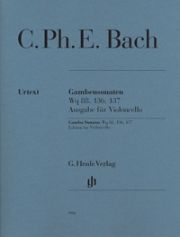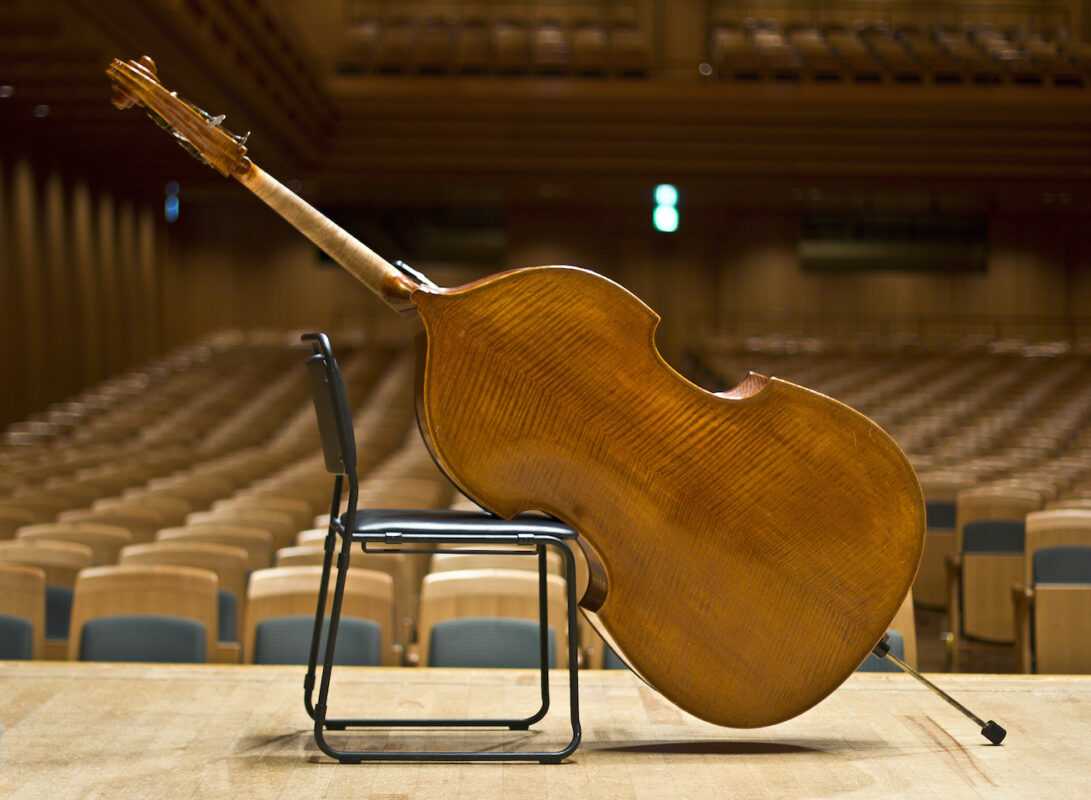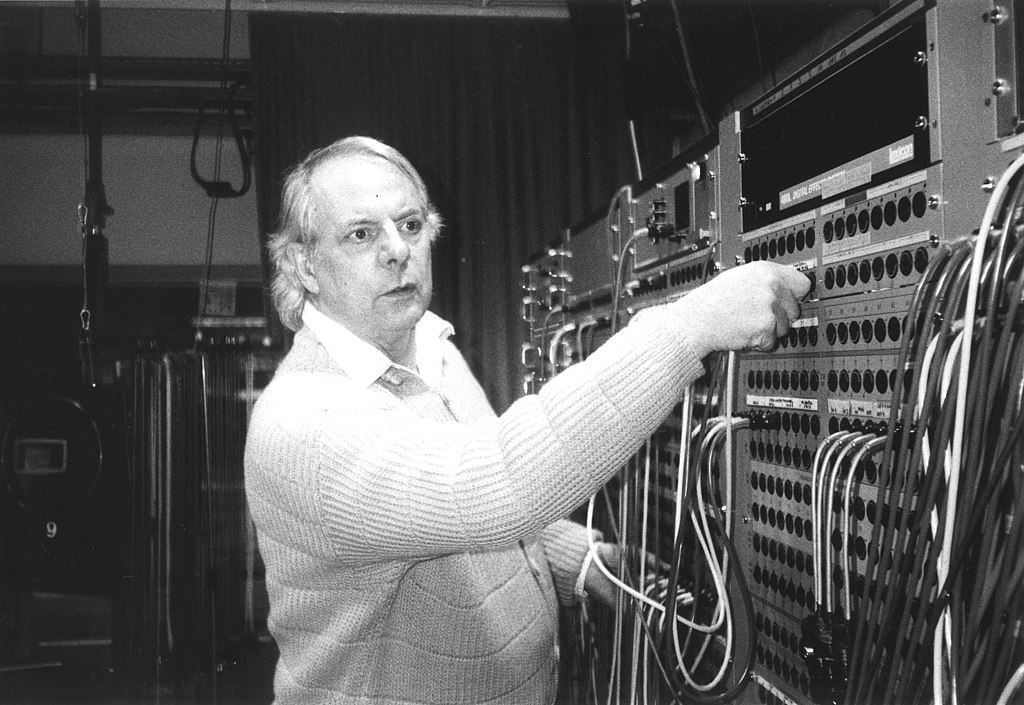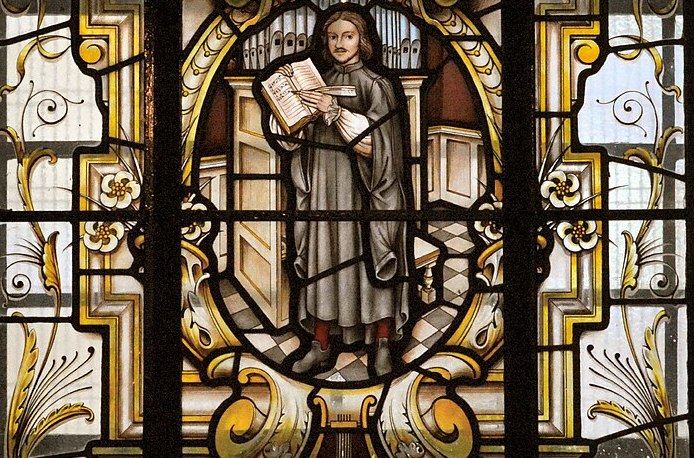In the character of the instrument
The viol sonatas by Carl Philipp Emanuel Bach are a valuable addition to the cello repertoire.

Carl Philipp Emanuel Bach's cello concertos are enjoying growing popularity. The viola da gamba sonatas (Wq 136, Wq 137, Wq 88) are still somewhat overshadowed by the well-known sonatas for the same instrumentation by his father Johann Sebastian (BWV 1027-1029).
The chamber music works, each in three movements, date from C. P. E. Bach's time in Berlin as harpsichordist at the court of Frederick II of Prussia. In terms of instrumental appeal, they are in no way inferior to the sonatas by his father. The German musicologist Ernst Fritz Schmid (1904-1960) wrote in 1931: "The viol solos are both very gratefully written for the instrument; in no other chamber music work from his Berlin period, apart from a few flute solos, did Bach take the character of the instrument for which he was writing so much into account (...)"
The two early sonatas (Wq 136, Wq 137) are set for basso continuo accompaniment. The later 3rd sonata in G minor (Wq 88) uses the three-part obbligato type and thus follows the model of the sonatas of the father.
The Henle edition leaves nothing to be desired: the music is clear and easy to read, the paper quality is excellent; the solo part contains fold-out pages which perfectly solve the turning problems. The separate continuo part for the first two sonatas also contains the solo part in small engraving.
Carl Philipp Emanuel Bach, viola da gamba sonatas Wq 88, 136, 137, edition for violoncello edited by Wolfram Ensslin and Ernst-Günter Heinemann, continuo realization by Wolfgang Kostujak, with additional marked violoncello part by David Geringas, HN 991, € 35.00, G. Henle Verlag, Munich 2012









